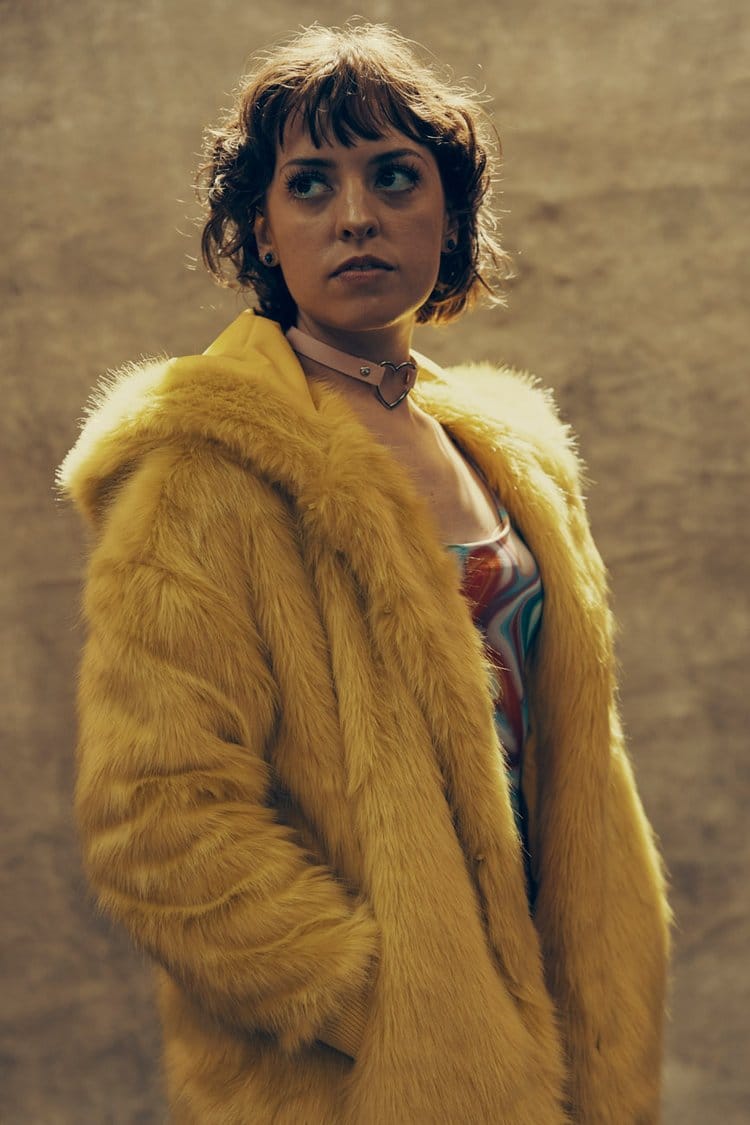Back to blog

Verifiable Photography NFTs With IPFS
If you're familiar with the NFT market, you've undoubtedly heard of acclaimed artists like Beeple and Pak, who have captured attention with their groundbreaking graphic art. These visionaries, alongside numerous others, have demonstrated the widespread appeal of graphic art in the NFT realm. However, a noteworthy shift is underway as photographers are increasingly embracing the trend of selling their photographs as NFTs, a movement gaining mainstream traction.
Noteworthy Artists
The NFT market has witnessed several noteworthy sales that highlight the increasing interest in photographic art. One of the most talked about artists is engineer turned photographer Kate Woodman. Kate garnered significant attention by selling her photograph "Always Coca-Cola" as an NFT, fetching an impressive 11.88 ETH (around $20,000 at the time). Since then, she has continued to rake in the ETH through other NFT sales from her various collections.

Similarly, photographer Justin Aversano made headlines with his collection "Twin Flames," a series featuring diverse photographs of twins that found success on OpenSea which has amassed over 5,900 ETH in total sales. One such photo from Aversano’s collection, “Twin Flames #49. Alyson and Courtney Aliano”, made history becoming one of top ten most expensive photographs sold as an NFT, scoring a whopping 871 ETH (about $2.4 million at the time). ****These high-profile transactions illustrate a growing interest in and the potential value of the NFT market for photographers.

Jeremy Cowart, another renowned photographer turned NFT guru, has embraced the power of blockchain technology to revolutionize his photos. He utilizes IPFS to host his extensive collections, ensuring the security and accessibility of his digital creations. Cowart offers a diverse range of NFT series, showcasing his innovative approach to photography. Among these collections is "A Year in Portraits," a highly successful series that has garnered significant attention and amassed hundreds of sales. This series exemplifies Cowart's ability to blend traditional photography with cutting-edge digital technology, solidifying his status as a leader in the NFT space.

Why photographers are gravitating towards NFTs
As the digital photography scene explodes, photographers are not only getting excited about raking in some extra cash; but the awesome security perks that accompany NFT sales. One major part of the NFT minting process is IPFS – think of this as a digital vault for art. Before minting an NFT, it is standard practice for an artist to upload their work onto the IPFS network. This ensures the safe storage of their work, providing a secure foundation for NFT sales.
The utilization of IPFS grants artists peace of mind by allowing them to maintain ownership of their photos. It guarantees that their work is immutable, safeguarded by the blockchain's decentralized network. This technology empowers artists to track sales effectively and share in the profits as their work appreciates in value. Furthermore, IPFS's content addressing mechanism helps to preserve the integrity of digital files. Each file stored on IPFS is assigned a unique cryptographic hash, also known as a CID (Content Identifier), acting as a digital fingerprint. Any changes to the file itself results in a changed hash, thereby providing a reliable method for detecting tampering and ensuring data integrity.
In addition to the added security, retaining rights over their creations offers significant advantages for photographers. While NFT purchasers acquire the token associated with the digital file, the original artist retains copyright and reproduction rights to the actual photograph itself. This enables photographers to monetize their work through NFT sales without forfeiting their ability to display their work across various platforms, license it for commercial use, or sell physical prints.
In conclusion
Blockchain technology, especially through IPFS platforms like Pinata, is changing how photographers protect their work. Photographers like Kate Woodman, Justin Aversano, and Jeremy Cowart show the vast potential of photographic art in the NFT space. Using the sufficiently decentralized and secure nature of IPFS, photographers can keep their digital creations safe while also maintaining ownership and rights. IPFS offers a strong and secure way to store and share digital files, protecting them from tampering and loss. This means the original artist stays in control of their work, even when it’s bought and sold as an NFT. Combining traditional photography with new digital technology gives artists new ways to make money and connect with fans and collectors worldwide.
As more photographers use NFTs and the security of IPFS, we can expect more exciting and innovative works that push the boundaries of art and technology. This shift is empowering photographers to explore new creative ideas and reach a global audience.

